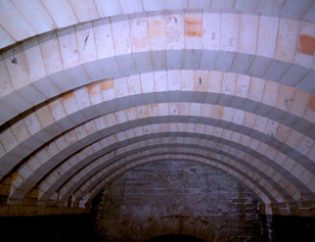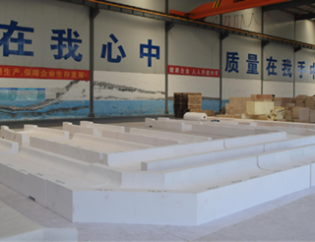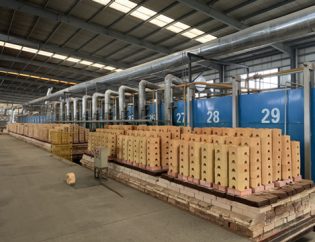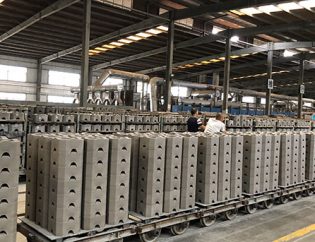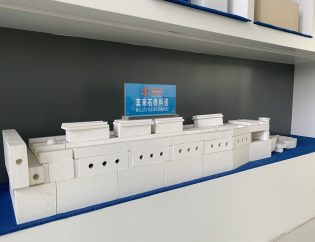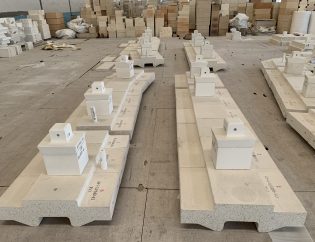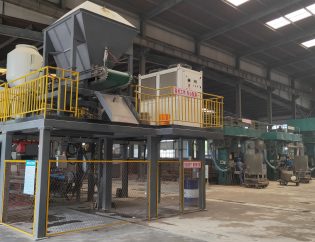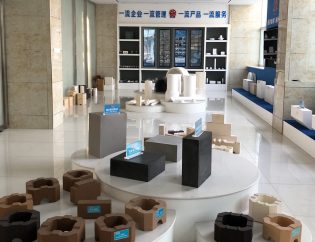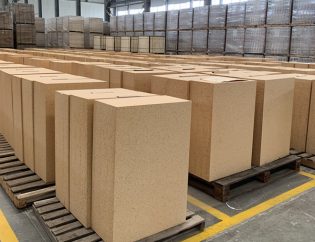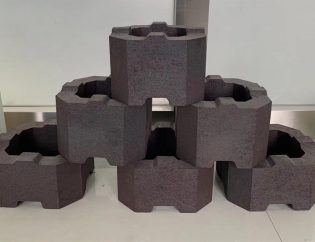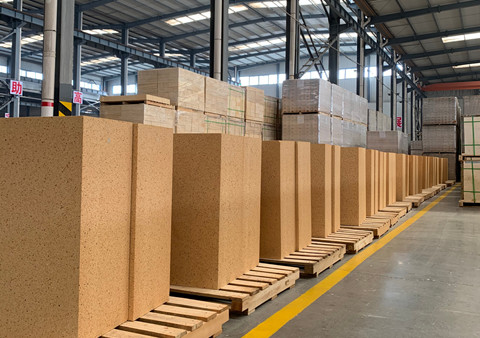
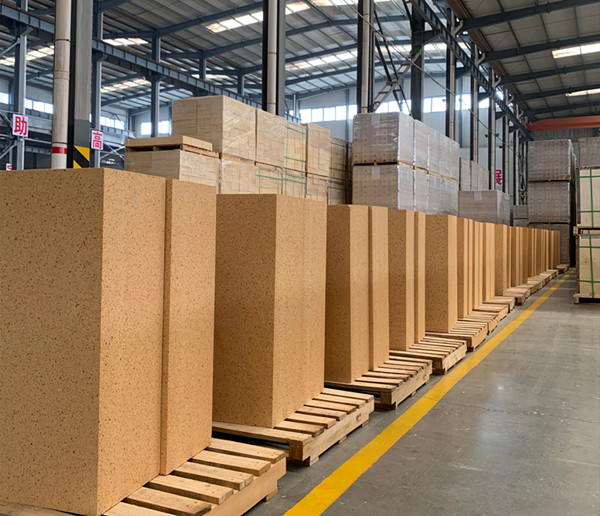
Refractory material is a heterogeneous body composed of a solid phase (including crystalline phase and glass phase) and pores. Among them, the macroscopic relationship between pores of various shapes and sizes and the solid phase (including their number and distribution combination, etc.) constitutes the macroscopic structure of the refractory material. The macroscopic structure of the product is an important factor that affects its high-temperature use properties. For example, in order to improve the corrosion resistance of refractory products to foreign media, its compactness has special significance. There are a series of technical parameters as follows that can indicate the compactness of the macroscopic structure of the refractory material.
1, Apparent Porosity, Bulk Density, True Density and Specific Gravity
Apparent porosity, Bulk density and True density are important indexes for evaluating the quality of refractory materials. These indexes directly characterize their own meaning, and are also closely related to other properties of refractory materials, such as thermal shock stability, slag resistance, gas permeability, and thermal conductivity, and have a certain impact. In addition to the true density, the apparent porosity and bulk density have close relations with each other.
- The Apparent Porosity: The pores in the refractory material are composed of the pores in the raw material and the pores between the particles after molding. The distribution of pores’ volume, shape and size have a great influence on the properties of refractory materials, and regardless of the types of raw materials, they have the same tendency to affect refractory properties. The apparent porosity closely affects the main property of refractory materials.
The production process has a greater impact on apparent porosity than other properties. The closed apparent porosity of silica bricks, magnesia bricks and chrome-magne sia bricks are close to zero, but fire clay bricks are larger, fluctuating between 0.7 and 4.0.
- Water absorption rate: It is the ratio of the weight of all the open pores in the refractory product that are filled with water to the dry weight, expressed as a percentage. It is essentially a technical indicator reflecting the number of pores in the refractory product. Good sintered raw materials should have a lower water absorption value.
- Bulk density (also known as volumetric weight) represents the ratio of the dry weight of the product to its total volume, that is, the weight per unit volume (apparent volume) of the product, expressed in g/cm3.
Bulk density is also an important index to characterize the degree of compactness of the refractory product. When the density is higher, it can reduce the total area of the action of the external intrusive medium (liquid or gas phase) on the refractory material, increase the weight of the refractory material in the working layer of the product during use and the ratio of the absorbed corrosive medium, thereby increasing its service life, so densification is an important way to improve the quality of refractory materials. The production of high-purity and high-density refractories is the technological direction of manufacturing corrosion-resistant refractory products.
For refractory insulation bricks, light weight castables, their bulk density indexes are also closely related to their thermal conductivity and heat capacity.
The bulk density index of the refractory product changes with the change of its porosity and mineral composition. Therefore, it is a comprehensive reflection of the pore volume and mineral composition in the refractory. Only when the chemical mineral composition of the product is constant, then the bulk density is an index to measure the volume of pores in the product.
The comprehensive use of bulk density and apparent porosity index can not only be used to evaluate the compactness of refractory products, but also can be used to check the status of current process conditions in production.
- True density refers to the weight of refractory material per unit volume excluding pores.
- Specific gravity is the ratio of the unit volume weight of refractory materials to the unit volume weight of water at 4°C.
2. Air permeability
Air permeability is a characteristic value indicating how easy it is for gas to pass through a refractory product. It is related to the structure and state of the pores, and varies with the direction of pressure when the refractory product is molded. The aforementioned porosity only represents the number of pores in the product tissue, and its value does not include the characteristics of the product’s air permeability.
It is generally believed that the lower the air permeability of refractory products, the better. However, with the development of technology, in order to meet special conditions of use, sometimes products are required to have good air permeability.
Unlike the porosity, even the air permeability of the same product varies with the direction of gas permeation. There are many factors that affect the air permeability of refractory products, but the structure of the refractory material has decisive significance. Generally speaking, the gas permeability depends on the size of the opening pores in the product and the interconnection situation. Obviously, it has a certain relationship with apparent porosity, but this relationship has no regularity. When the structure of the refractory product changes, the range of gas permeability is much larger than the apparent porosity.
Generally, air-permeable fire products are required to have both good air permeability and sufficient strength. Improving the air permeability of the product is generally through adjusting the particle composition of the ingredients, appropriately reducing the amount of fine powder, and increasing the intermediate particle ratio.

